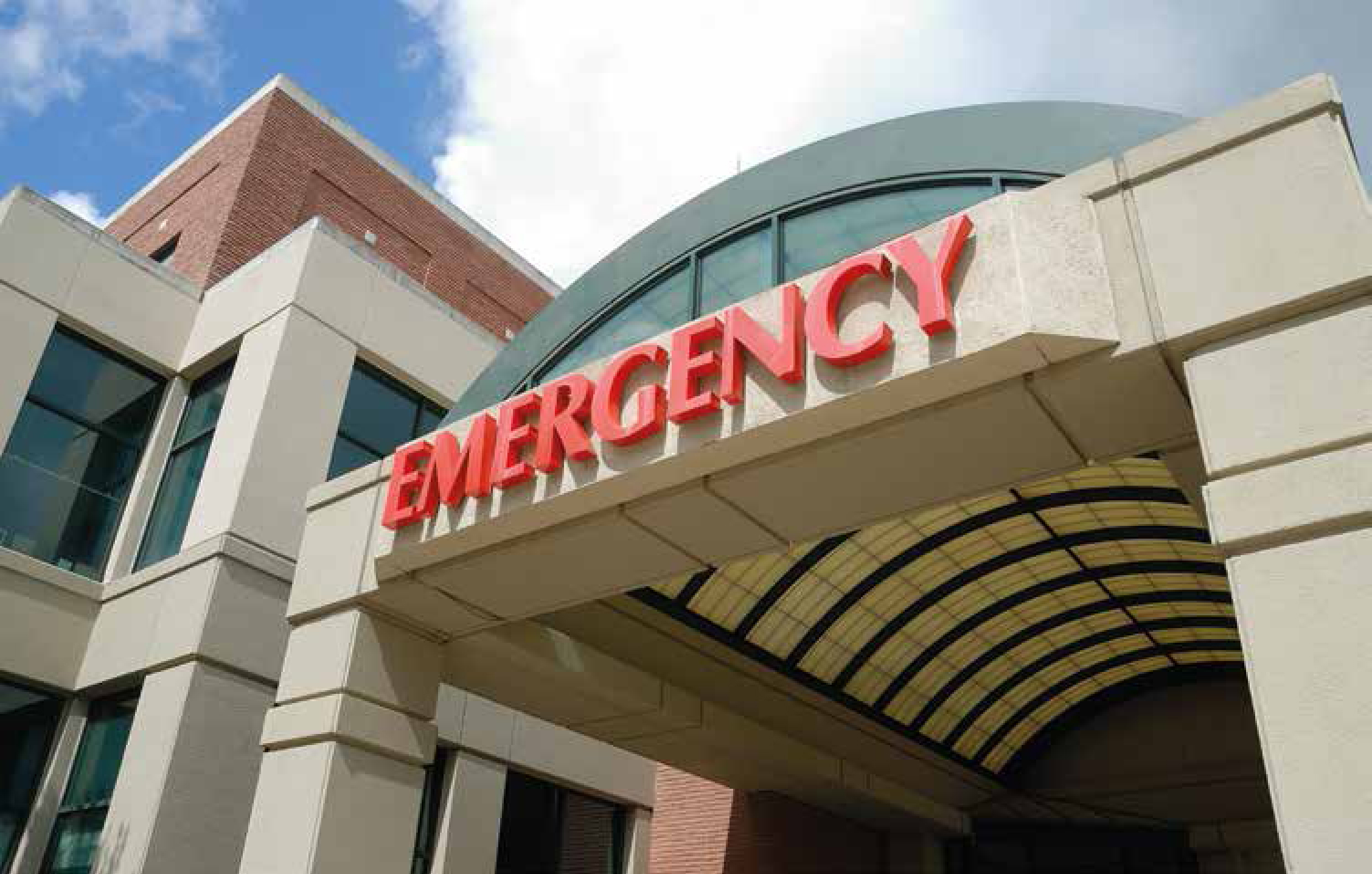
The NHS must introduce more advanced paramedics if emergency departments are to meet growing patient demand. The NHS is reaching a crisis point—annual rises in emergency admissions and insufficient resources mean patients aren't receiving the necessary levels of care. Traditionally, care provided by paramedics has focused on the immediate assessment and management of potentially life-threatening emergencies. This is then followed by transfer to an appropriate receiving unit. However, increasingly, evidence suggests that patients who present to ambulance services with lower acuity presentations could alleviate the need for hospital admission by undergoing assessment and management in the community.
This is highlighted in new draft guidance published by NICE (2017), which should fall on welcome ears to ambulance services. It recommends that the NHS provide more advanced paramedic practitioners (APPs), who have extended training in assessing and treating people with medical emergencies, to relieve pressure on emergency departments.
Evaluating the evidence
In order to make these recommendations, the guideline committee investigated whether enhancing the competencies of paramedics resulted in a reduction in hospital admissions and demand for emergency department services. When considering clinical evidence, three studies were included in the review. Two studies, which came from the same cluster-randomised controlled trial, looked at a paramedic practitioner service in the UK, which gave enhanced training to paramedics.
The first study comprised 3018 people and evaluated the benefits of paramedic practitioners who have been trained with extended skills to assess, treat, and discharge older patients with minor acute conditions in the community (Mason et al. 2007). The evidence suggested that enhanced competencies of paramedics may provide benefit for reducing the number of hospital admissions (0–28 days), emergency department attendance (0–28 days), and patient and/or carer satisfaction. There was no effect on mortality.
The second study comprised 2025 people and evaluated the safety of clinical decisions made by paramedic practitioners of older patients contacting the emergency medical services with a minor injury or illness (Mason et al. 2008). Of the 3018 patients recruited into the randomised-controlled trial, 993 were admitted to the hospital at the index episode, which explains why they were excluded from the analysis in this study. The evidence suggested that there was no effect of paramedics' enhanced competencies on unplanned emergency department attendance.
The final study was a non-randomised (quasi-experimental) study of emergency care practitioners who worked as single responders to ambulance service 999 calls, compared with standard paramedic or technician ambulance responding to ambulance service 999 calls. The study comprised 1107 people and aimed to evaluate the impact of emergency care practitioners on patient pathways and care in different emergency care settings. (Mason et al. 2012). The evidence suggested that enhanced competencies of paramedics may provide a benefit from reduced numbers of patients referred to hospital (emergency department or direct admission to a hospital ward), and increased number referred to primary care.
Additionally, one cost-utility analysis was assessed to consider the economic implications of providing additional advanced paramedics within ambulance services, and found that the paramedic practitioner scheme was cost-effective compared with the standard 999 service (Dixon et al. 2009). This study was assessed as partially applicable with minor limitations.
Points for concern
There are a number of considerations when looking at the evidence in question that could be cause for concern. While evidence exists, it is minimal, with only one randomised-controlled trial and one non-randomised study evaluated by NICE. Though results from the studies are positive, it would be difficult to generalise them beyond the services assessed. Additionally, the quality of evidence is generally of a low GRADE (Grading of Recommendations, Assessment, Development and Evaluations). The randomised-controlled trial evidence has a moderate-to-low GRADE rating overall, mainly owing to risk of bias and imprecision (NICE 2017). The non-randomised study, although it had large effect sizes, has a very low GRADE rating as a result of high risk of bias and indirectness of the outcomes to the protocol (NICE 2017). The economic evidence was considered high-quality but only partially applicable because the costs were quite dated. Some social care costs were also included, which means that the perspective is not strictly NHS and personal social services (NICE 2017).

There are notable concerns over the definition of an APP, as there is a national lack of consensus over paramedic roles and scope of practice. This was a contributing factor to why independent prescribing by APPs was not recommended by the CHM and MHRA (Allied Health Professions Medicines Project Team 2016). The need for unanimity across all ambulance services is a concern the College of Paramedics emphasised in its response to the guidance.
There has previously been insufficient attention given to career development and career opportunities and there is currently significant variation across the ambulance services in the definitions, titles, education, and training of specialist and advanced paramedics. To ensure consistency of education, training and qualification, the UK ambulance services would need to adopt the frameworks developed by the College of Paramedics, which provide detailed guidance on education, competencies, and career development (College of Paramedics 2017).
The College of Paramedics has a clear definition of the APP role in terms of competencies and education:
‘Advanced paramedics are experienced autonomous paramedics who have undertaken further study and skill acquisition to enable them to be able to deliver a more appropriate level of assessment and indeed care to patients in the community and access many more referral pathways.’
It is essential that this becomes the accepted definition across the NHS, and the private health sector. This will ensure that all advanced paramedics are clinically competent and that patient safety is not at risk.
‘There is no denying that acute and emergency care is a challenge for all health services.’
From guidance to practice
Consultation on the guidance closed on 14 August, with an expected publication of 20 December. If the guidance is to be put into practice, the most important step is to introduce additional funding for NHS ambulance services to educate their clinicians through advanced practice programmes. NHS England and clinical commissioning groups would then have to provide funding to deliver specialist and advanced paramedics as part of the core workforce. Additionally, regulation is essential to ensure clinical competency and patient safety.
There is no denying that acute and emergency care is a challenge for all health services. This is largely owing to the fact that as populations age, costs rise, and technological developments extend the limits of health care. However, providing acute and medical care in the community can reduce the need for hospital admissions.
The introduction of more advanced paramedics will meet the increasing and changing needs of patients who access 999 emergency ambulance services. Having a higher proportion of emergency patients assessed and treated in the community will cause a reduction in the number of attendances at emergency departments. JPP

